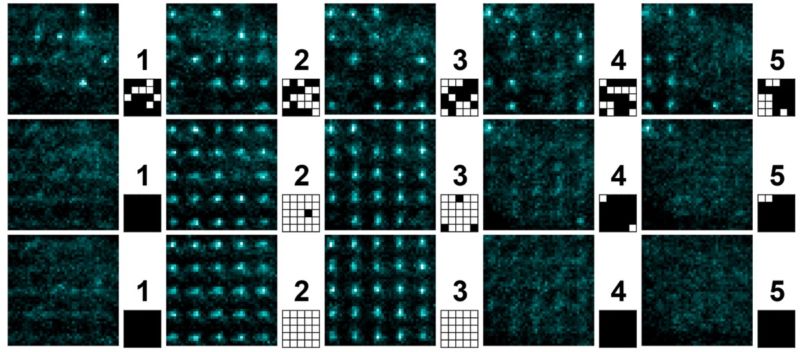Penn State scientists build quantum version of Maxwell’s demon
Ars Technica » Scientific Method 2018-09-12

Enlarge / Penn State physicists rearranged a random array of atoms into organized blocks, performing the same function as James Clerk Maxwell's famous 19th-century thought experiment. (credit: Weiss Laboratory/Penn State)
Physicists at Penn State University have devised a quantum equivalent of a famous 19th-century thought experiment, capable of creating order out of an array of randomly distributed atoms. Such highly ordered blocks of atoms could one day be used as quantum gates in a quantum computer. The physicists reported their findings last week in Nature.
The second law of thermodynamics—which holds that entropy (disorder) always increases in a closed system—is one of the most unyielding laws of physics. So much so that Arthur Eddington famously proclaimed, "If your theory is found to be against the second law of thermodynamics... there is nothing for it but to collapse in deepest humiliation."
Demonic thought experiment
Around 1870, James Clerk Maxwell (father of the famous equations for electromagnetism every physics student learns in college) devised a thought experiment offering a potential loophole. He envisioned a tiny imp capable of creating order out of disorder in a closed container filled with gas. The imp accomplished this by making heat flow from a cold compartment to a hot one in apparent violation of the second law. The two compartments would be separated by a wall with a shutter covering a pinhole just large enough for a gas molecule to pass through.